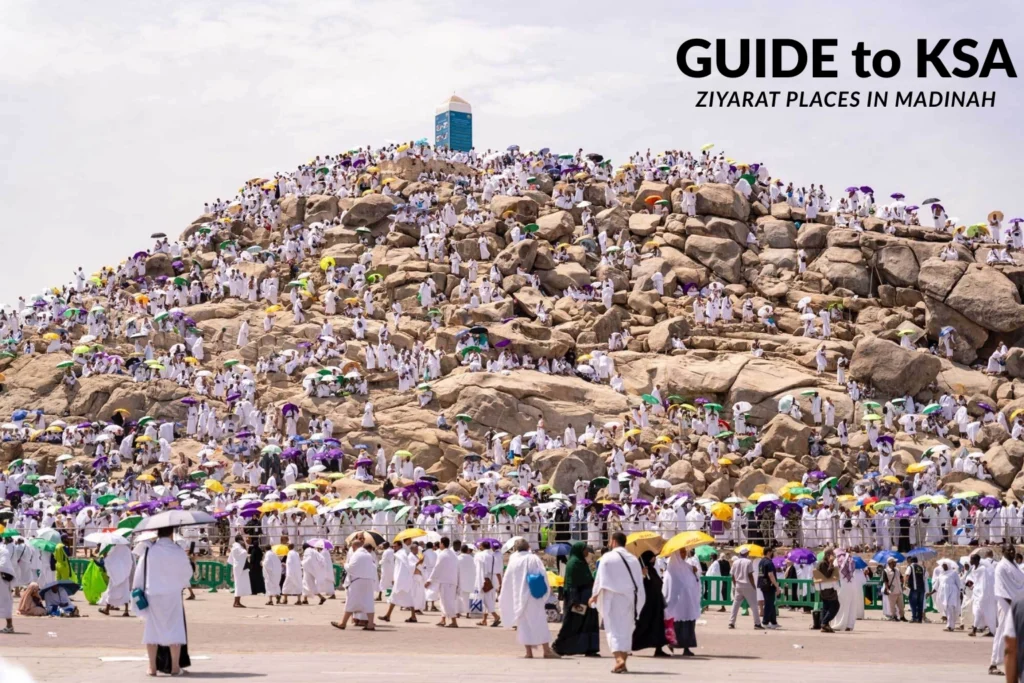Ziyarat Places in Madinah, the radiant Beacon of Islamic heritage, invites pilgrims and seekers alike on a journey through history, faith, and reflection. This guide presents a carefully curated selection of its most sacred sites—steeped in spiritual meaning and historical resonance.
Places Visit in Madinah
1. Masjid al‑Nabawi (Prophet’s Mosque)
- Located in the heart of Medina, this is Islam’s second-holiest mosque, established by Prophet Muhammad in 623 CE.
- It houses the famed Green Dome, sheltering the graves of the Prophet, Abu Bakr, and Umar, and contains the Rawdah — one of the “gardens of Paradise.
- Masjid al‑Nabawi Location
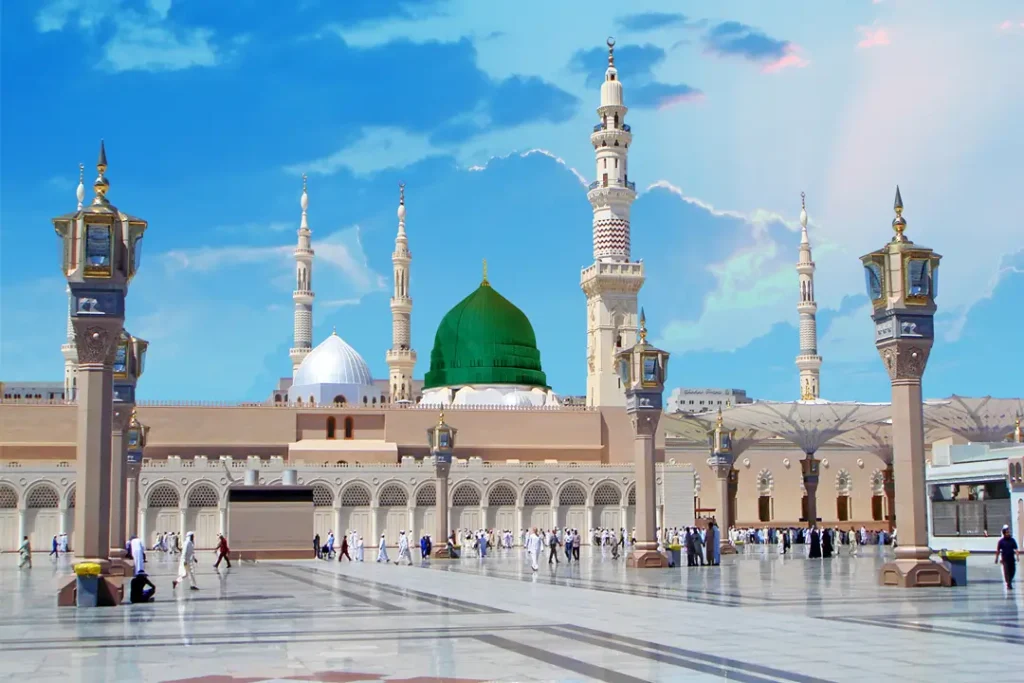
2. Jannat al‑Baqi (Al‑Baqi Cemetery)
- Situated just east of the Prophet’s Mosque, this is the oldest Islamic cemetery in Medina, established around 622 CE.
- It is the resting place for many early companions and family members; monuments once stood there but were demolished in the 19th and 20th centuries due to Wahhabi doctrines.
- Jannat al‑Baqi Location
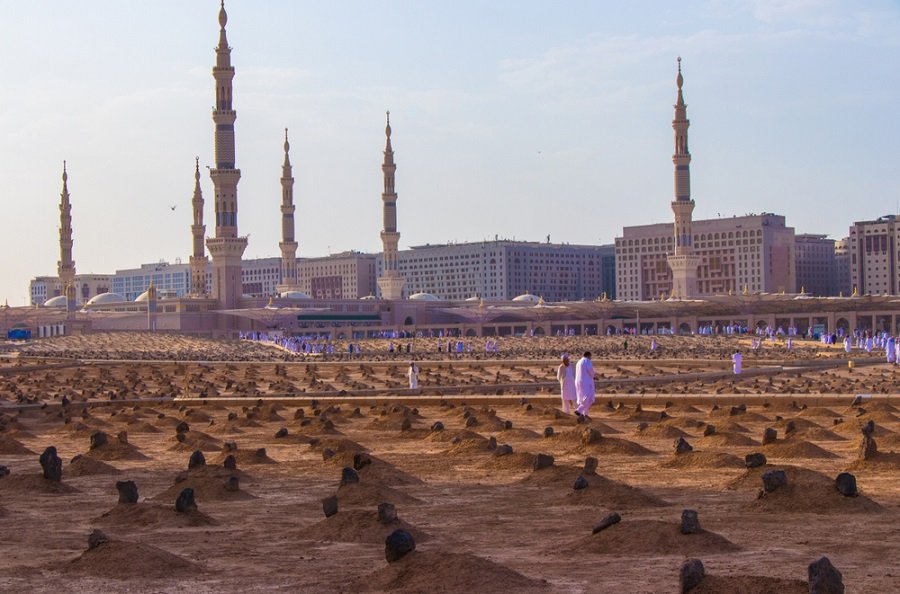
3. Masjid Quba (Quba Mosque)
- Located about 3 km from the Prophet’s Mosque, it is known as the very first mosque built in Islam upon the Prophet’s migration to Medina.
- It is greatly revered; a hadith states that praying two rak‘ahs here after purification equals the reward of performing Umrah.
- Masjid Quba Location
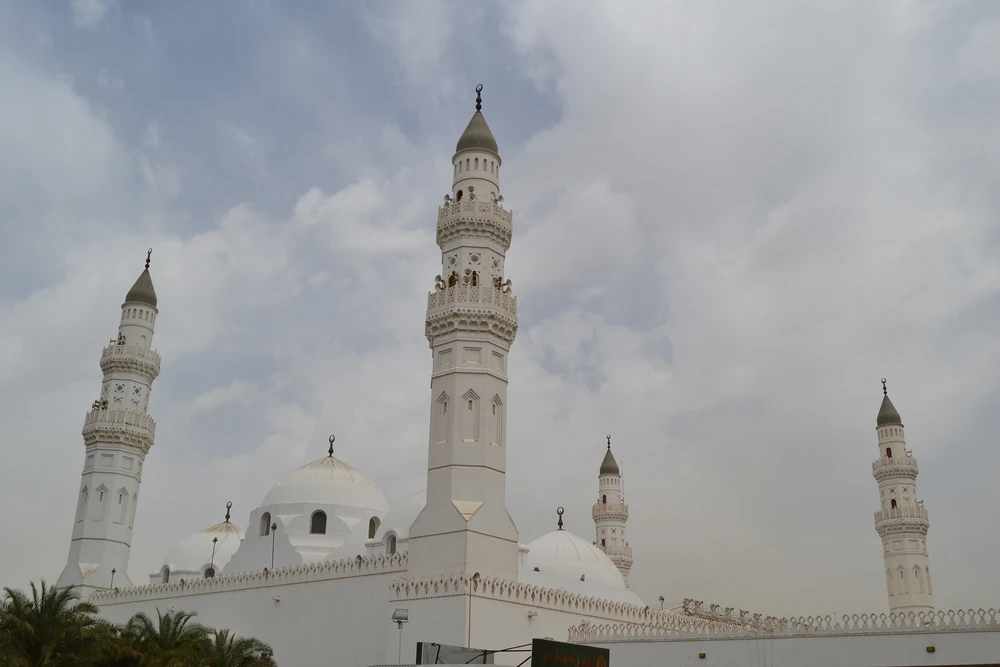
4. Masjid al‑Qiblatayn (Mosque of the Two Qiblas)
- Found in Medina city, it is historically significant for having two prayer niches: one facing Jerusalem, then a revelation redirecting the Qibla to Makkah.
- The mosque commemorates that pivotal moment and remains a symbol of change in early Islamic worship.
- Masjid al‑Qiblatayn Location
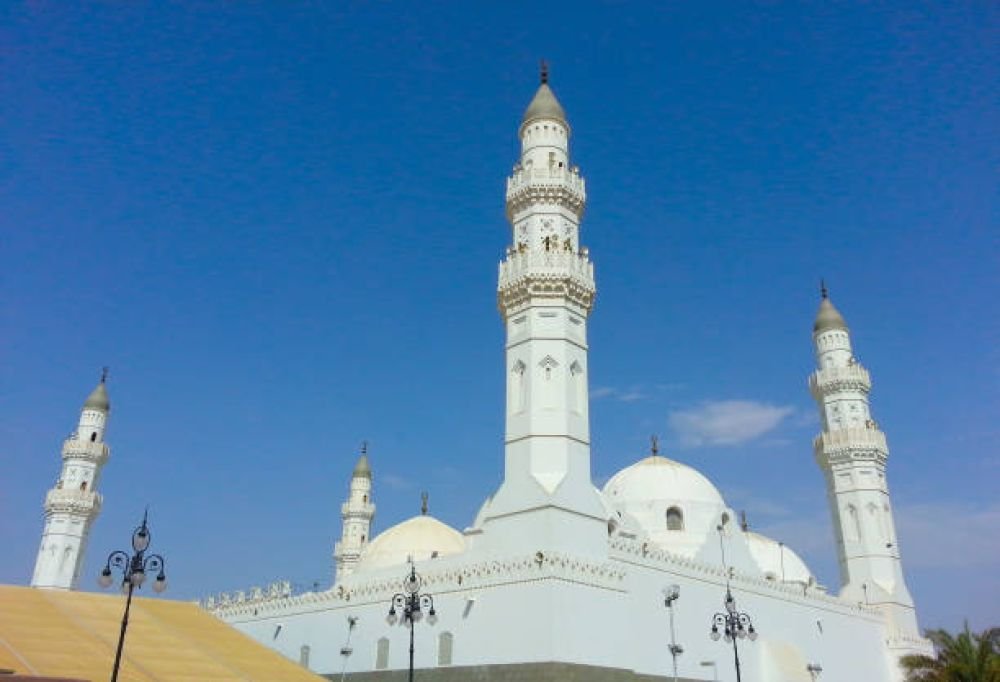
5. Masjid Ghamama (Mosque of the Cloud)
- Located near the Prophet’s Mosque, this is where the Prophet led Eid prayers and invoked rain during a drought.
- Its name derives from a cloud (ghamama) that shaded the Prophet, reflecting his deep connection with nature and divine mercy.
- Masjid Ghamama Location
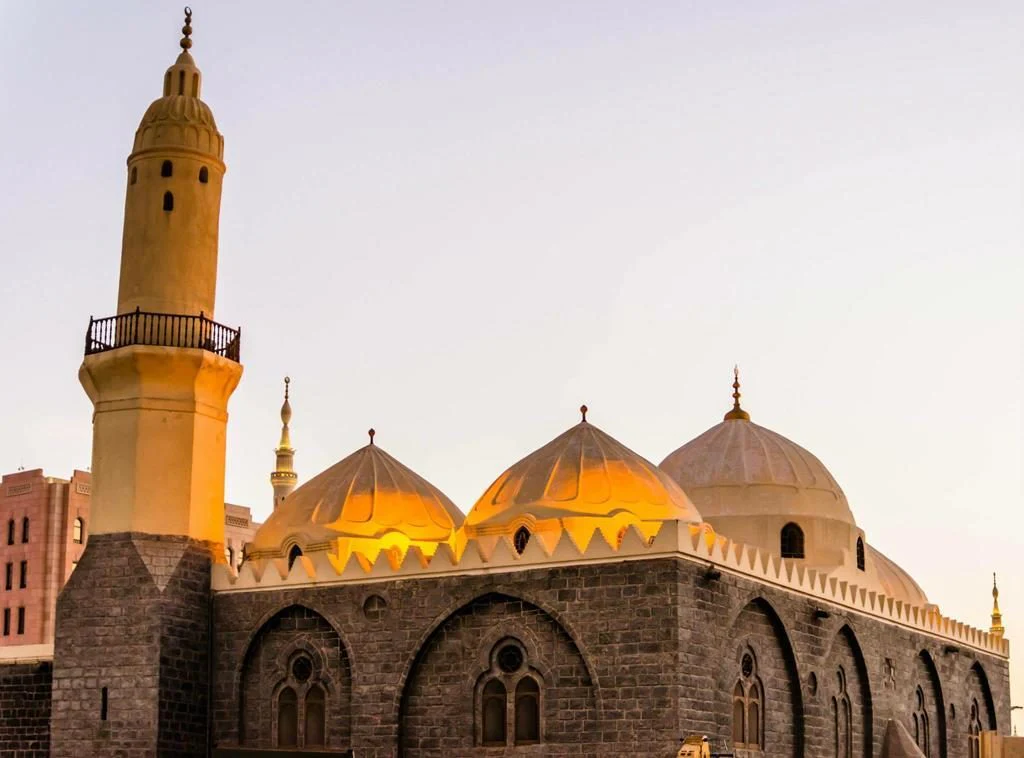
6. Masjid Al‑Ijabah (Bani Muawiyah Mosque)
- Situated approximately 385 m north of Jannat al‑Baqi, on As‑Sittin Street, and only about 580 m from the Prophet’s Mosque.
- Noted for a profound event: the Prophet prayed there, making three supplications—two were answered (relief from famine and flood), the third (an end to strife) remains.
- Masjid Al‑Ijabah Location
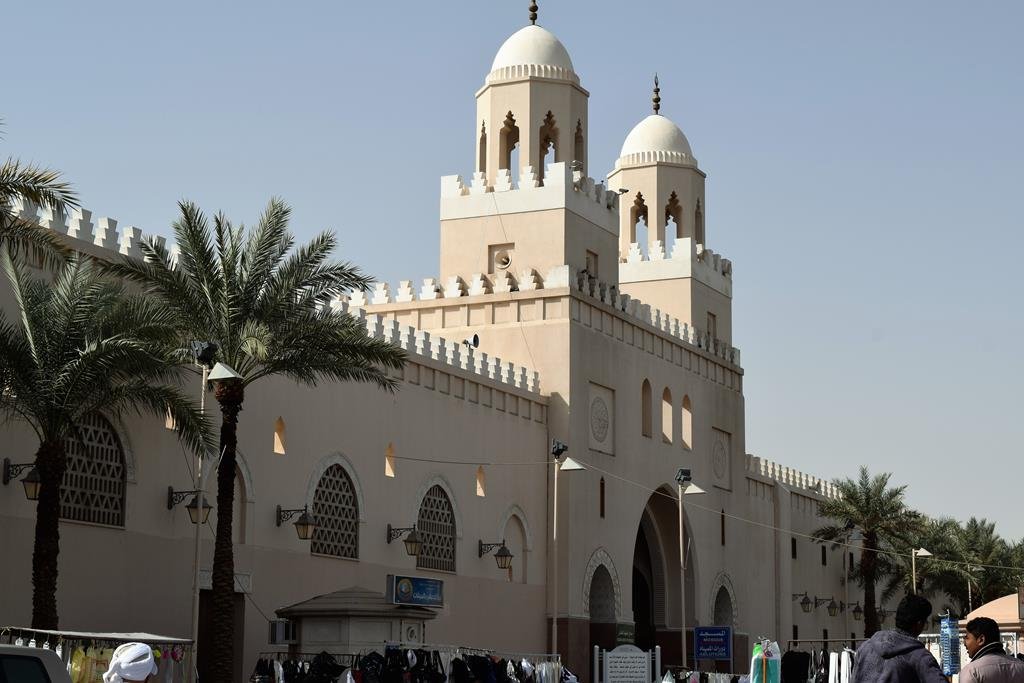
7. The Seven Mosques Complex (Sab‘u Masajid)
- A cluster of six small historical mosques near the Trench battle site, often collectively referred to as “The Seven Mosques.
- These sites are woven into the story of the Battle of the Trench and hold spiritual and historical significance for pilgrims.
- The Seven Mosques Complex Location
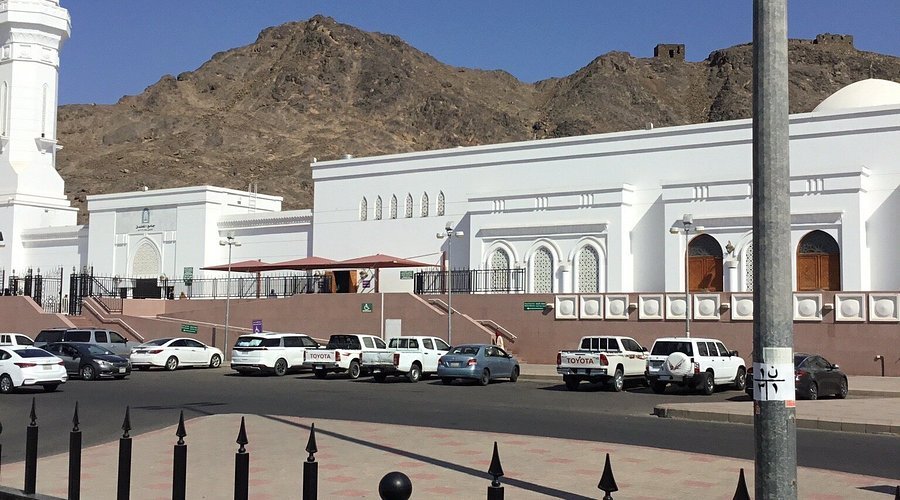
8. Mount Uhud (Jabal Uhud)
- Located about 6 km north of Medina, this mountain was the battlefield where Muslims suffered loss during the Battle of Uhud.
- Many companions, including Hamza ibn ‘Abd al‑Muttalib, are believed to be buried nearby—making it a place of solemn remembrance.
- Mount Uhud Location
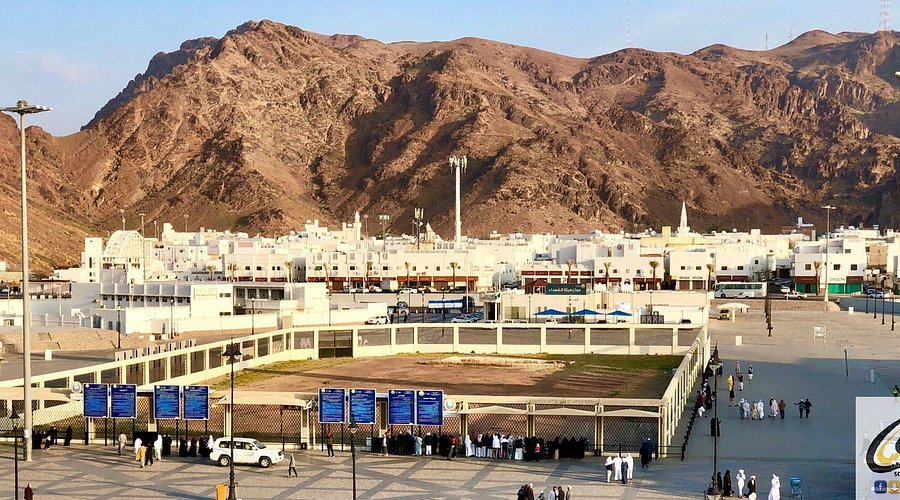
9. Archers’ Hill (Jabal al-Rumah)
- A smaller hill adjacent to Mount Uhud, it served as the station for 50 archers during the Battle of Uhud.
- Their decision to abandon post led to a critical defeat—this site teaches lessons of obedience and discipline.
- Archers’ Hill Location
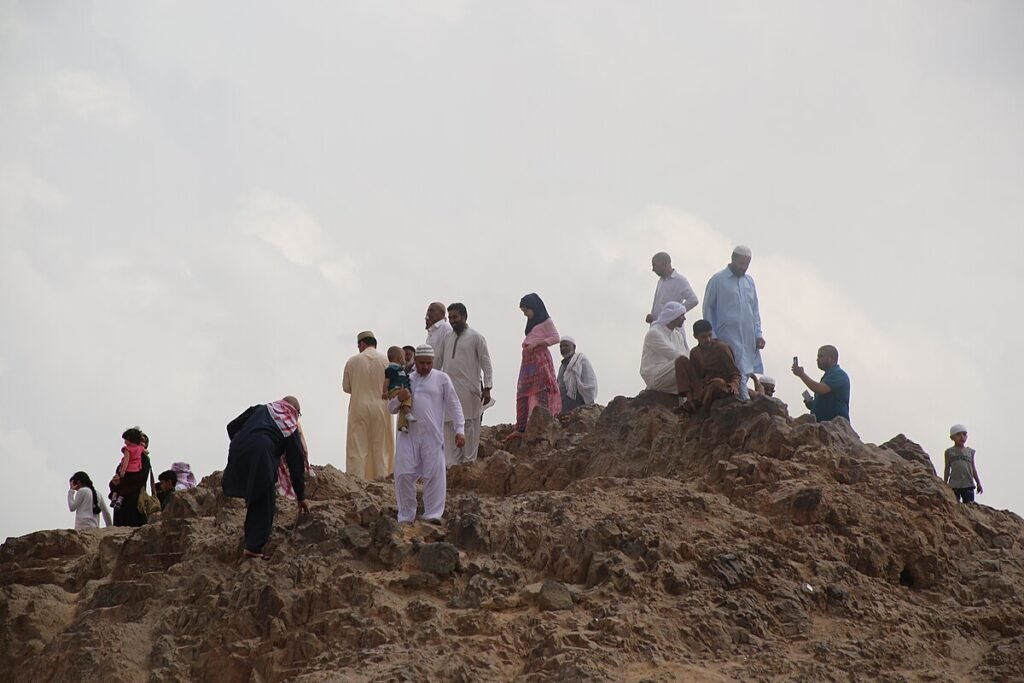
10. Cave of Uhud
- Situated on Mount Uhud, it is where the Prophet took shelter after being injured in the battle.
- The site symbolizes the Prophet’s resilience, leadership, and the trials he endured for the Muslim community.
- Cave of Uhud Location
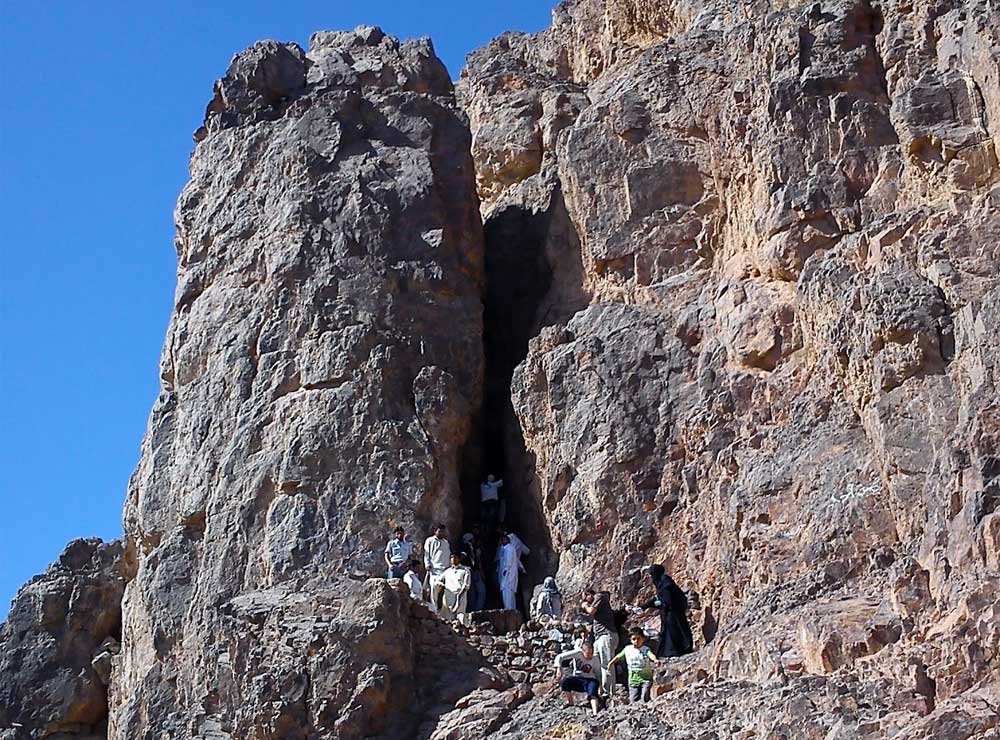
11. Masjid Shaikhain (Mosque of the Two Young Men)
- Located on the route toward the Uhud battlefield, it marks where the Prophet dismissed those deemed too young or weak before battle.
- It stands as a historic point of discernment and leadership decision-making.
- Masjid Shaikhain Location
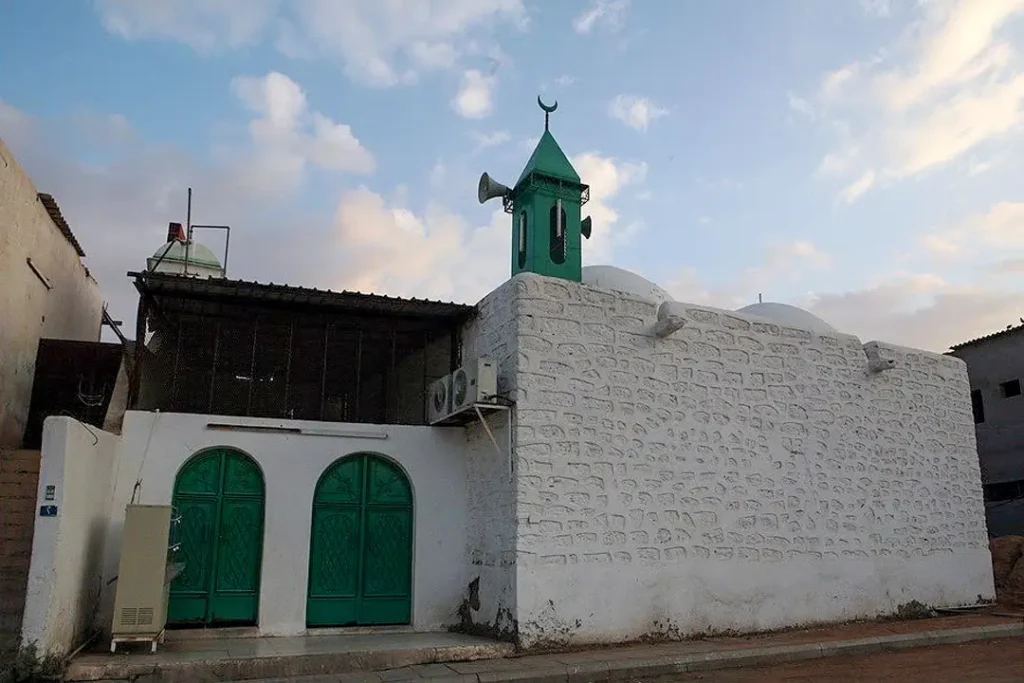
12. Masjid Masturah
- Positioned near Mount Uhud, this mosque marks where the Prophet rested and prayed after the battle.
- It’s also a place he visited frequently when visiting Hamza’s grave—offering solace and remembrance.
- Masjid Masturah Location
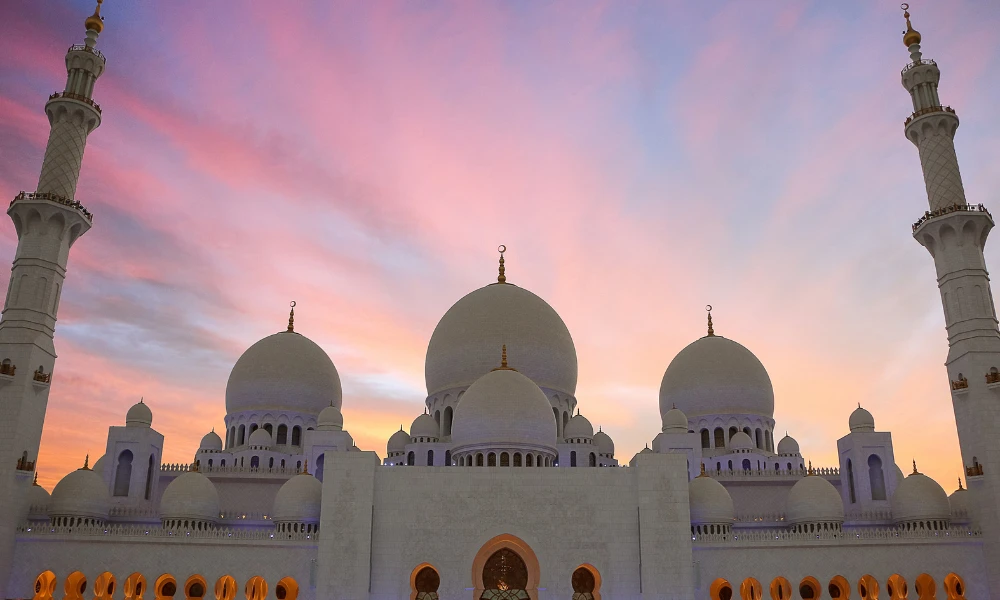
13. Masjid Misbah (Banu Unaif / Fajr Mosque)
- Located in Medina, it is where the Prophet performed his first Fajr prayer upon entering the city.
- The mosque captures the humility and consistency in the Prophet’s worship habits.
- Masjid Misbah Location
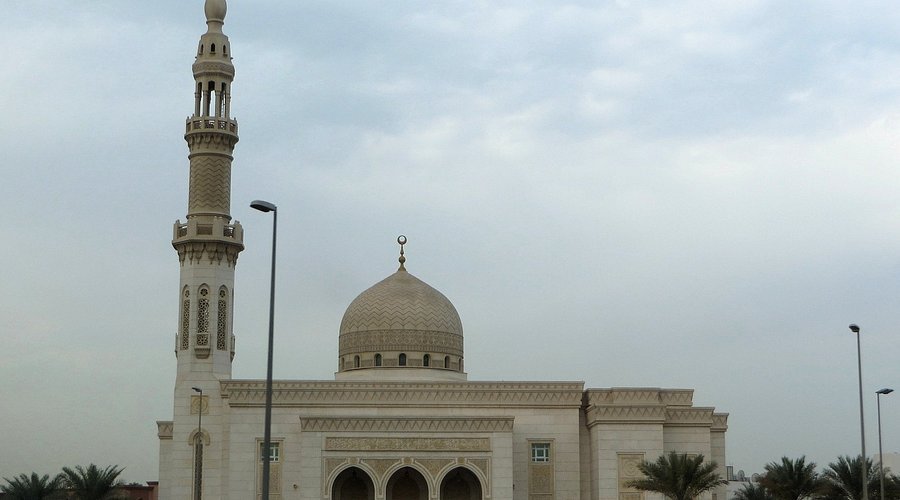
14. Masjid Suqyaa (As‑Saqiya Mosque)
- Found inside the historic Anbariya Train Station area, marking where Prophet performed ablution and prayers before the Battle of Badr.
- The site connects modern Ottoman-era heritage with early Islamic military journeys.
- Masjid Suqyaa Location
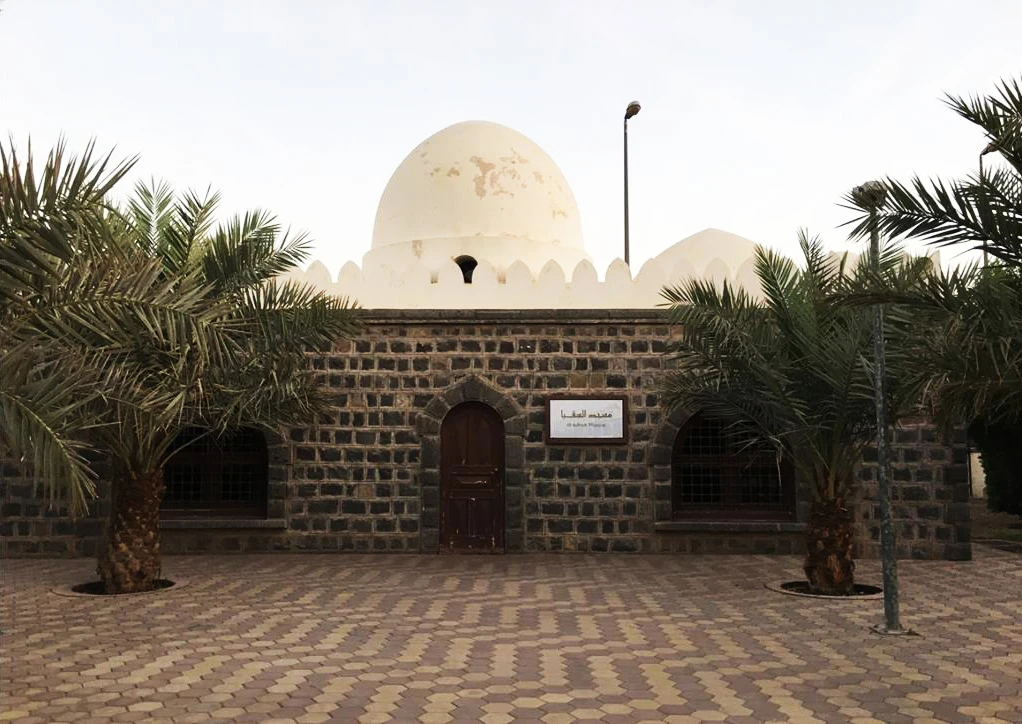
15. Ottoman Fort (Banu Qaynuqa region)
- Located near the former Jewish tribe settlement area, this fort marks historical terrain from the early days places in madinah.
- Linked to the Banu Qurayza events — capturing political and societal dynamics in Prophet’s era.
- Ottoman Fort Location
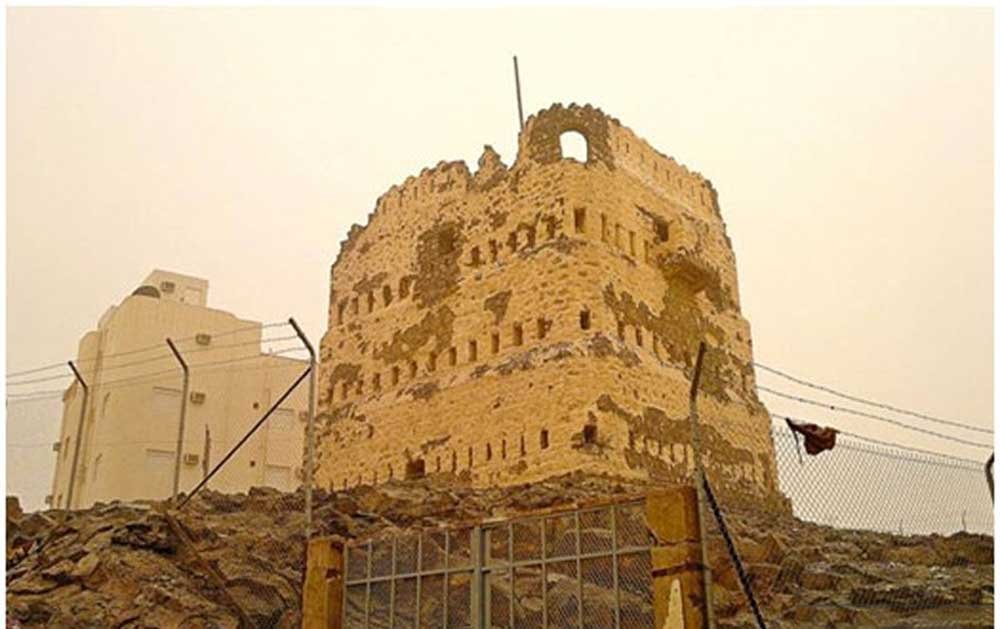
16. Saqeefa Bani Saida
- The historic garden where Abu Bakr was chosen as the first Caliph after the Prophet’s death.
- A pivotal location marking the inception of Islamic leadership succession.
- Saqeefa Bani Saida Location
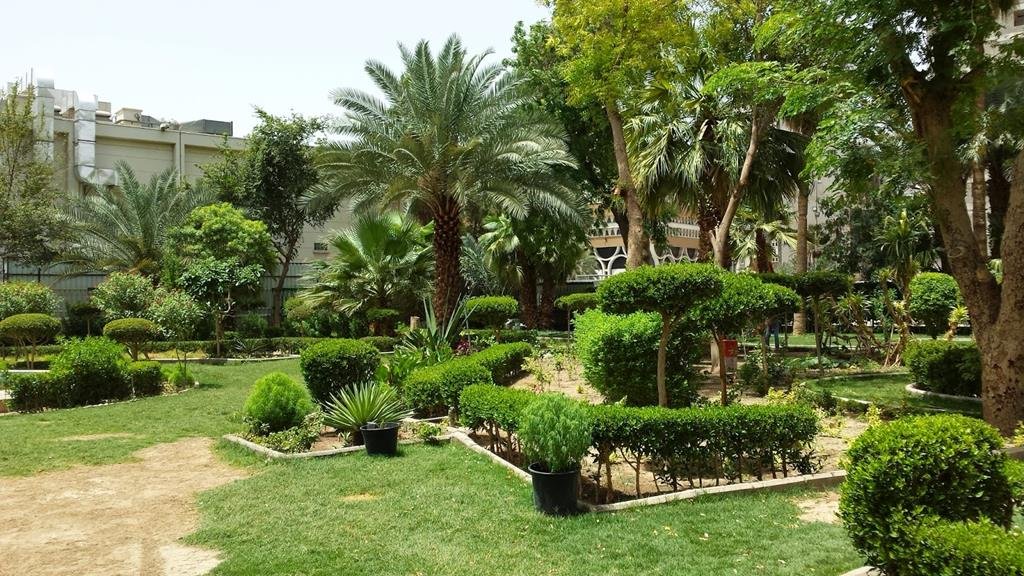
17. Well of Ghars (Bir al‑Ghars)
- Located in the city, the Prophet drank and performed ablution from it—requesting to be washed with its water after his passing.
- It remains a sacred well, still offering pilgrims fresh water—a living link to Sunnah.
- Well of Ghars Location
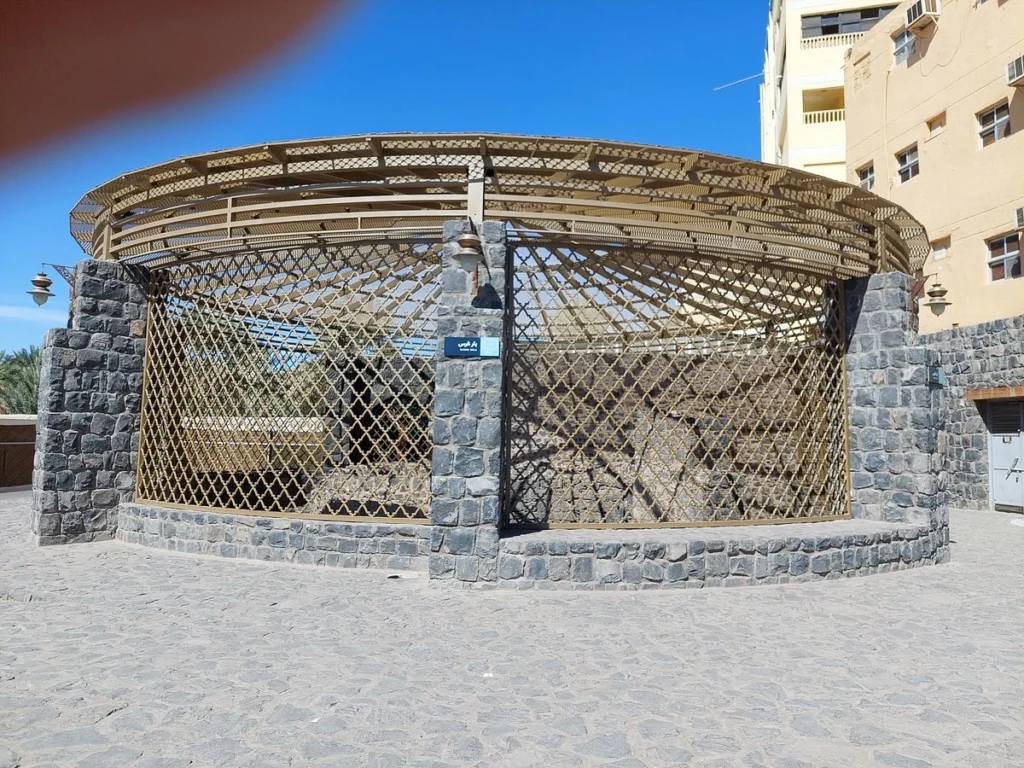
18. Well of Uthman ibn Affan (Bir Ar-Rumah)
- Located in a part of Medina, this was once owned by a Jew who charged high rates; Uthman bought it and made water freely accessible.
- It exemplifies Uthman’s compassion and concern for the welfare of the Muslim community.
- Well of Uthman ibn Affan Location
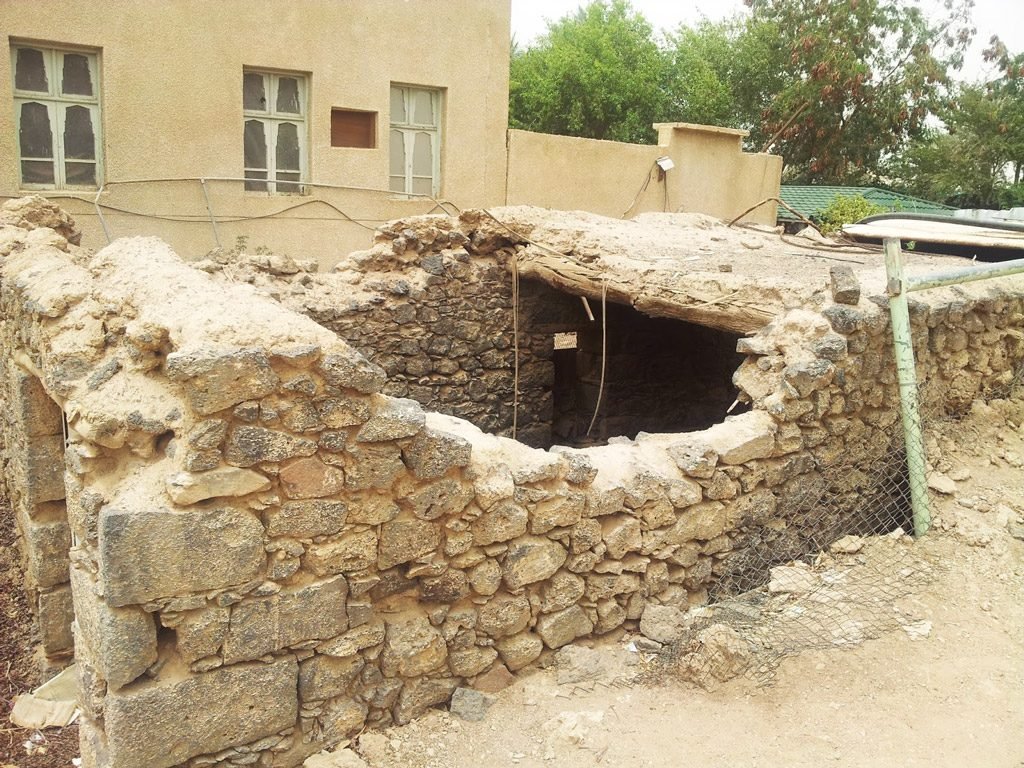
19. Dar Al‑Madinah Museum
- Centrally located in Medina, the museum houses intricate models and exhibits about the Prophet’s life and the city’s early history.
- The displays offer immersive stories and reconstructions, ideal for historical understanding and spiritual insight.
- Dar Al‑Madinah Museum Location
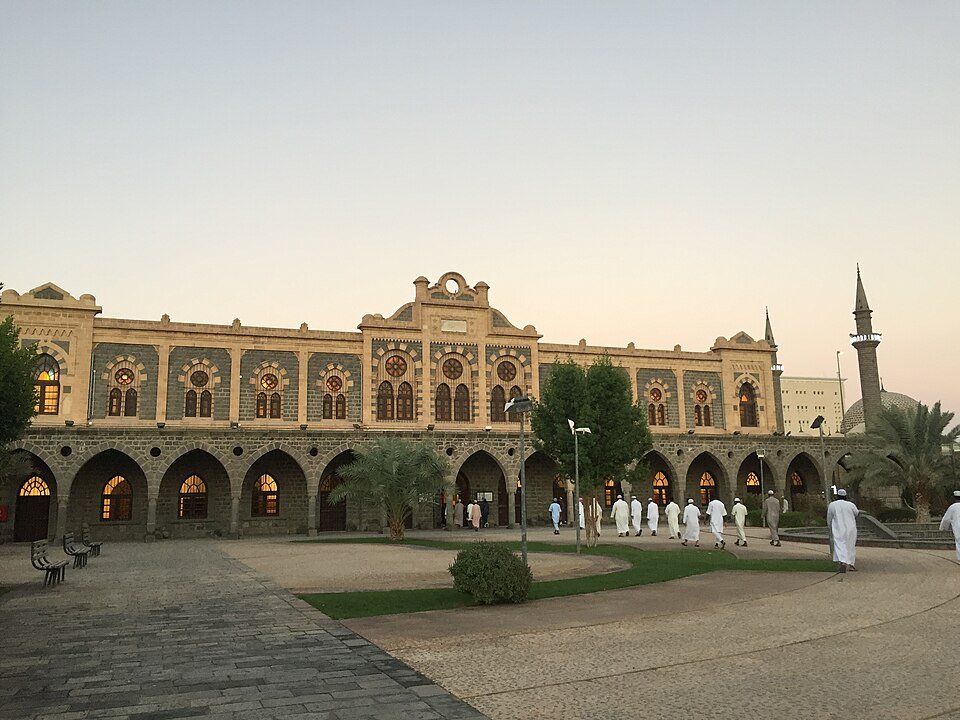
20. Hejaz Railway Station / Museum
- Located in Medina, this Ottoman-era train station reflects travel and infrastructural advances of the era.
- Today, it serves as a museum showcasing vintage trains—bridging Islamic heritage with modern transformation.
- Hejaz Railway Station Location
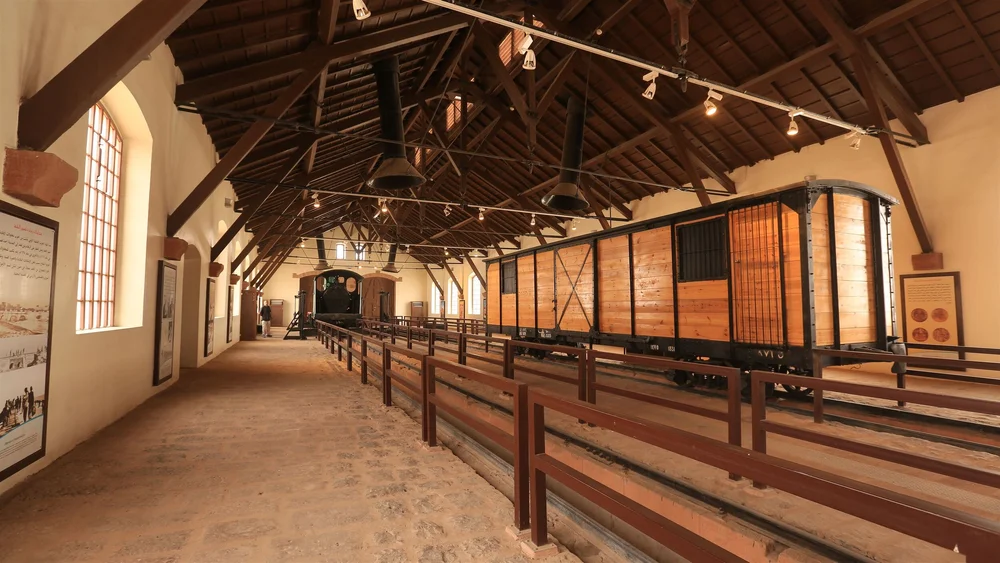
21. House of Mariyah al-Qibtiyah
- Located in Medina, marking the residence of Mariyah (gifted to the Prophet), who bore his son Ibrahim.
- Now a preserved graveyard site, it invokes personal reflection on the Prophet’s intimate family life.
- House of Mariyah al-Qibtiyah Location

22. House of Fatima bint Husayn
- Situated in Al-Usayfirin (Medina), this site includes her home and its well—celebrated in Islamic heritage.
- It serves as a quiet, reflective location honoring the Prophet’s granddaughter’s legacy.
- House of Fatima bint Husayn Location
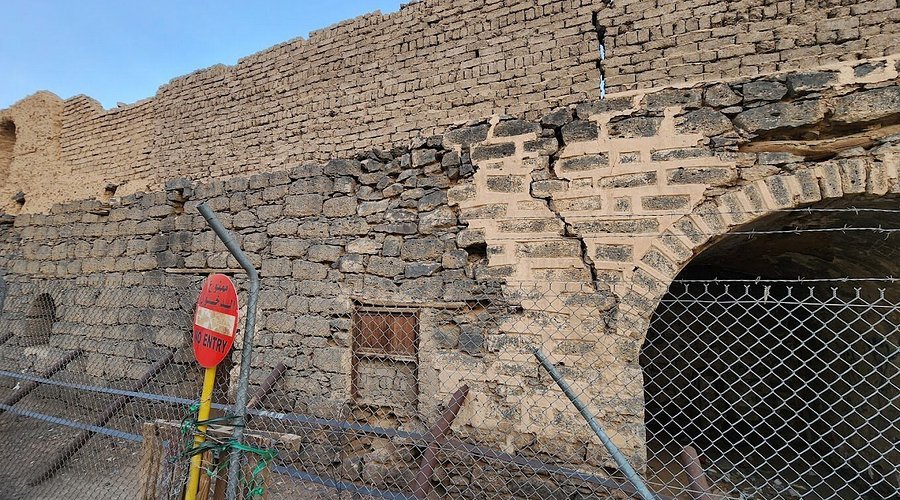
23. Garden of Salman al‑Farsi
- A tranquil garden in Medina, honoring the companion known for his spiritual wisdom and engineering role during the Battle of the Trench.
- The peaceful garden invites contemplative remembrance of faith and intellect united.
- Garden of Salman al‑Farsi Location

24. Grave of Hamza (RA) and Martyrs of Uhud
- Situated at the base of Mount Uhud, this cemetery marks where Hamza and numerous martyrs of the battle are buried.
- A hallowed site of pilgrimage symbolizing sacrifice and loyalty to Islam.
- Grave of Hamza (RA) Location
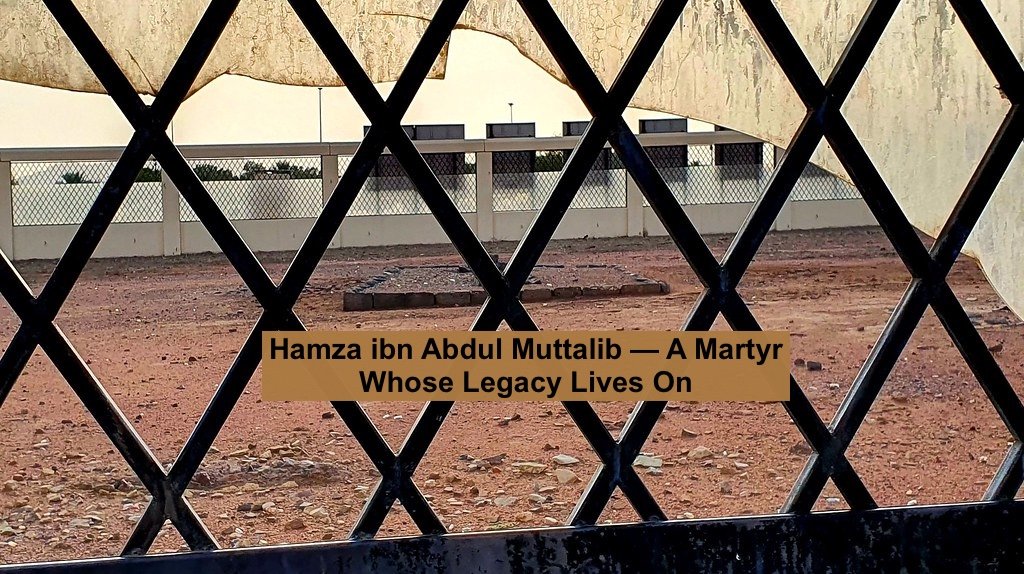
25. Battle of the Trench (Khandaq) Site
- Located north of central Medina, it’s the ground where Muslims built a trench to defend against invaders.
- The innovative defense plan, prompted by Salman al‑Farsi, symbolizes unity and strategic faith.
- Battle of the Trench Location
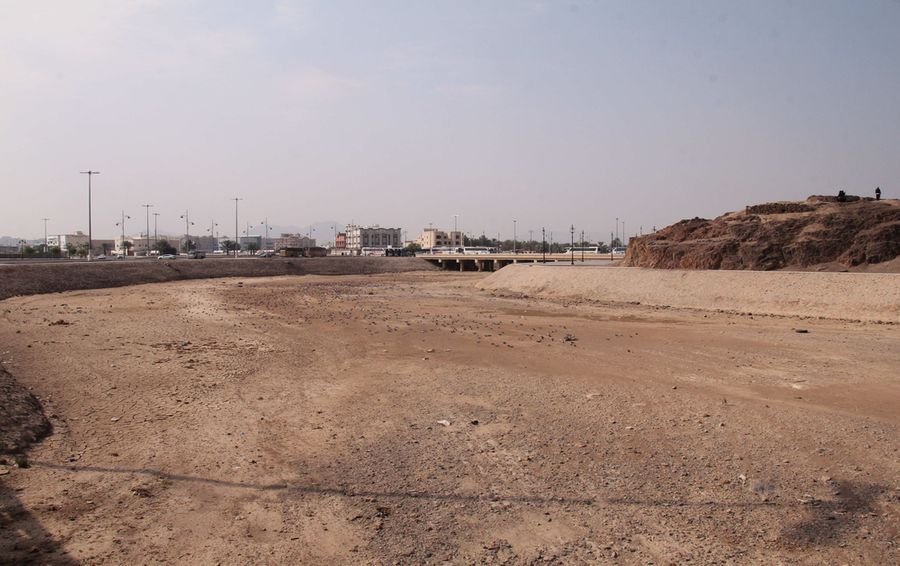
26. Miqat Dhu al-Hulayfah (Bir Ali)
- Around 7 km southwest of Masjid al‑Nabawi, at Abyar Ali, this is the designated miqat for pilgrims entering ihram from Medina.
- The mosque there includes modern amenities such as changing areas, a spring, and a spacious prayer hall.
- Miqat Dhu al-Hulayfah Location
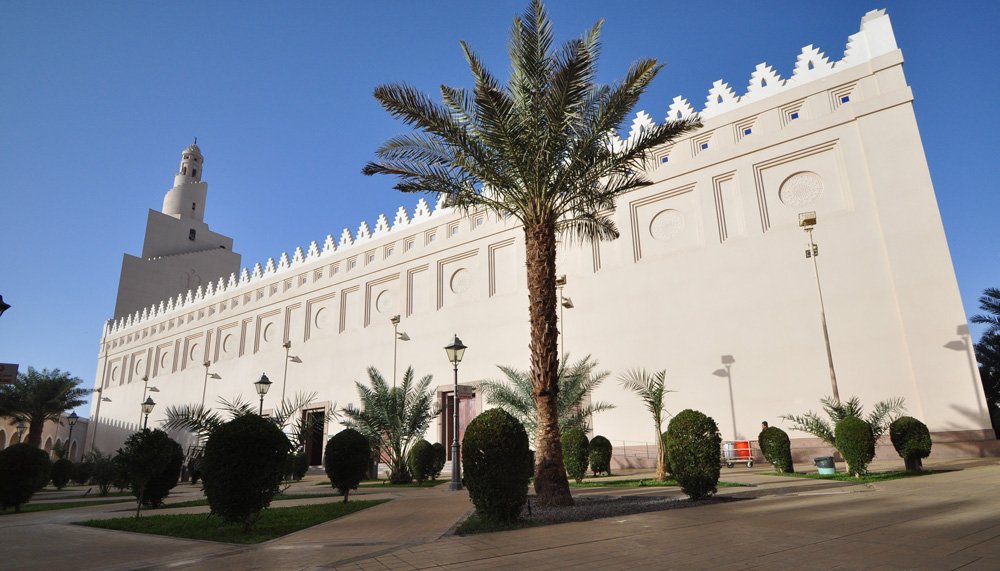
27. Al‑Rayah Mosque (Dzubab Mosque)
- Perched atop Mount Dzubab near Mount Sala’, it marks where the Prophet’s command post was during the Battle of the Trench.
- Its name “Rayah” means flag, and it links early Islamic military history with vivid topography.
- Al‑Rayah Mosque Location
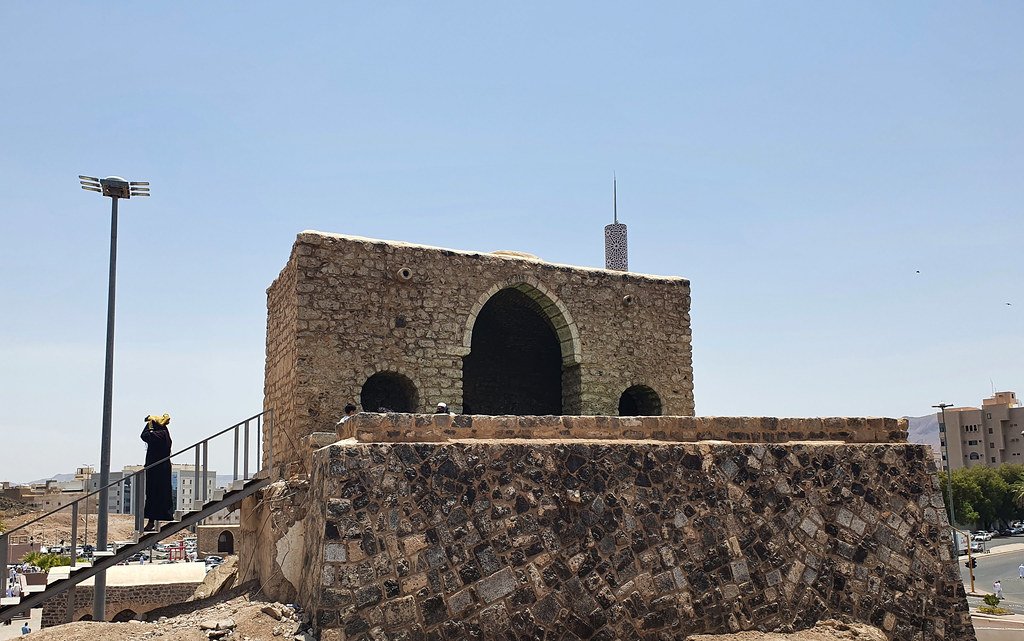
28. Masjid Jumuah (Friday Mosque)
- The notable location where the Prophet held the first Friday congregational prayer in Medina.
- It initiated an enduring Islamic tradition central to communal worship.
- Masjid Jumuah Location
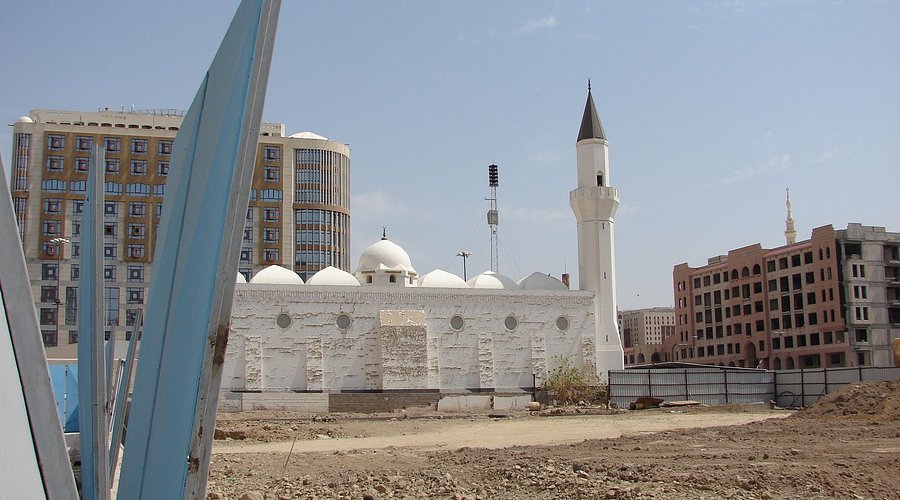
29. Masjid Banu Qurayza
- Situated in Medina, this mosque is associated with the Banu Qurayza tribe and is linked to a critical incident during the Prophet’s era.
- It stands as a marker of community, treaty, and justice in early Islamic society.
- Masjid Banu Qurayza Location
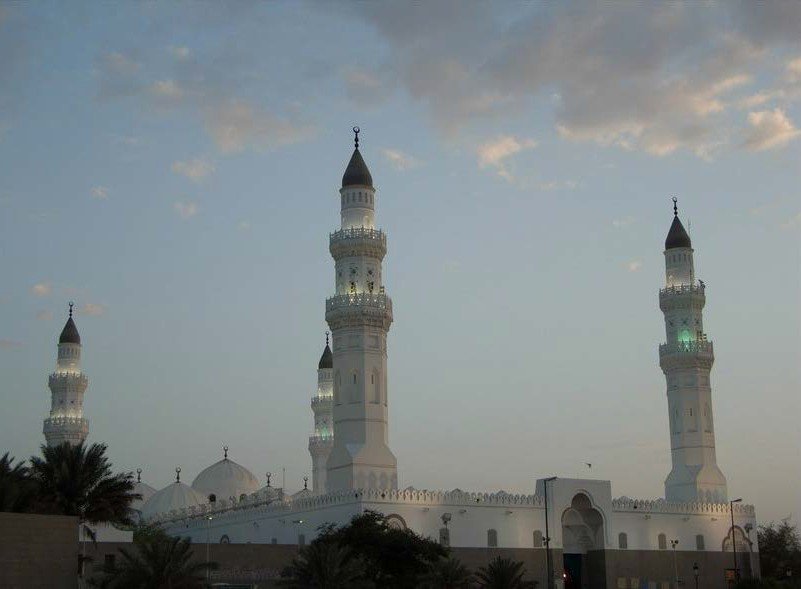
30. Ethq Well (Bir Ethq)
- A historic well from the Prophet’s time, tied to daily life and sustenance.
- It evokes the balance between spiritual pursuit and earthly necessities.
- Ethq Well Location
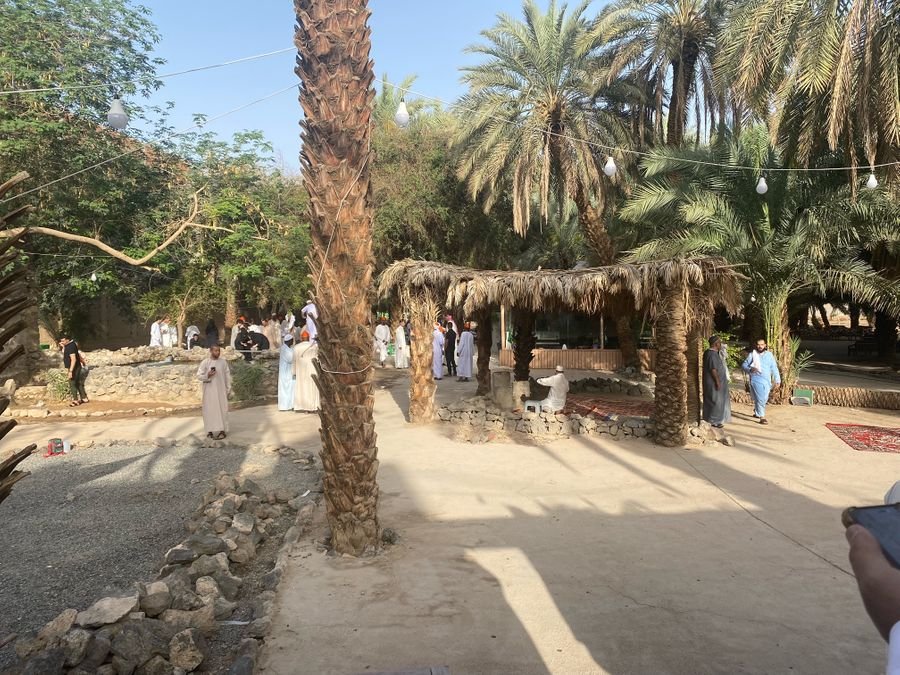
31. Wadi e Jinn (Mystery Valley)
- A valley near Medina known for echoes and legends, reputed to produce mysterious sounds echoing unexpectedly.
- It ties folklore with a sense of wonder and spiritual curiosity.
- Wadi e Jinn Location
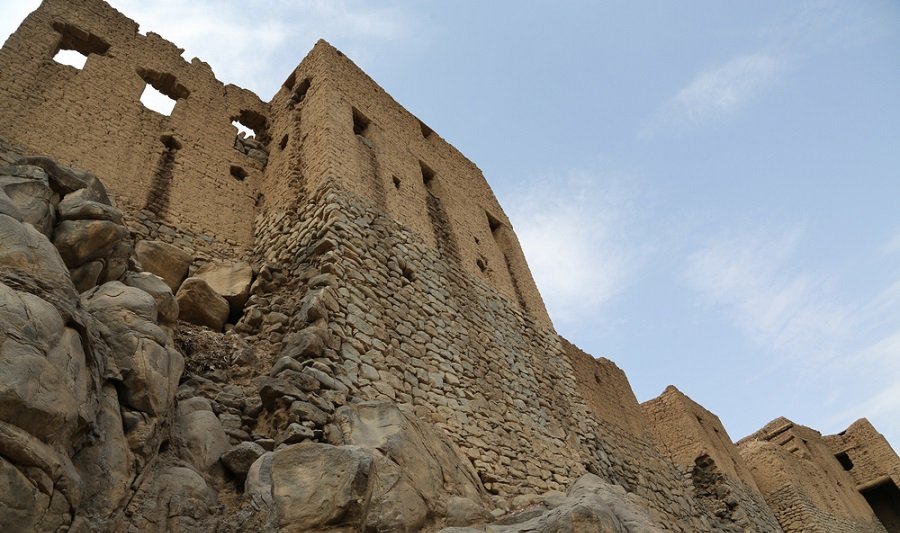
32. Masjid Umar and Masjid Ali
- These smaller mosques in Medina commemorate the sites associated with the Caliphs Umar ibn Al-Khattab and Ali ibn Abi Talib.
- They honor their leadership, character, and contributions to Islamic governance.
- Masjid Umar Location
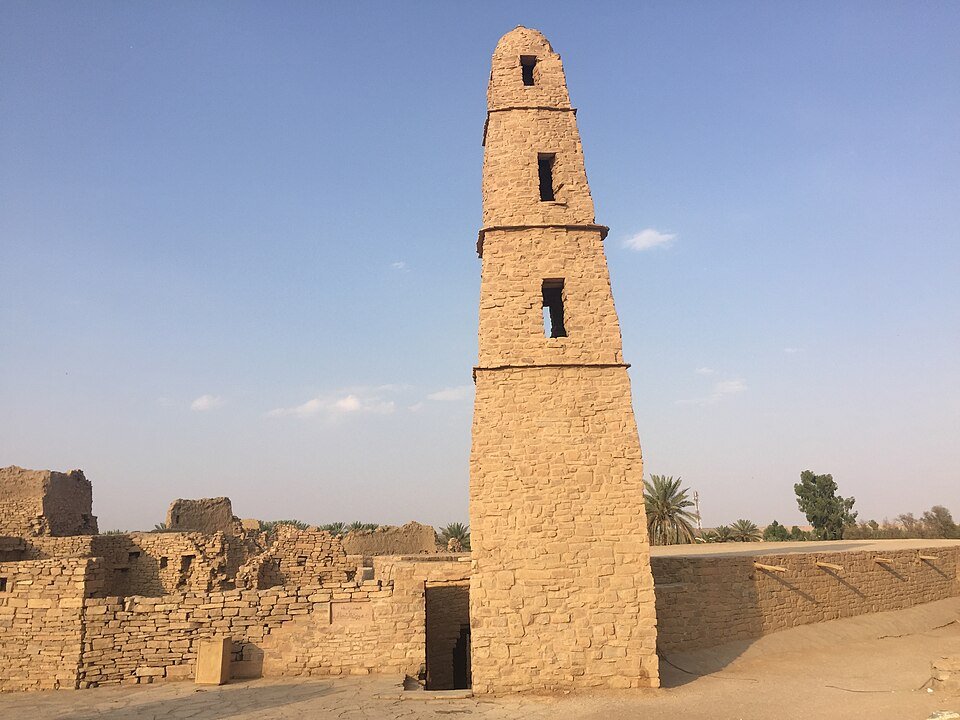
33. Well of Healing (Bir Shifa)
- An ancient well in Medina historically associated with healing or health prayers.
- It represents the intersection of physical and spiritual care in Islamic tradition.
- Bir Shifa Location
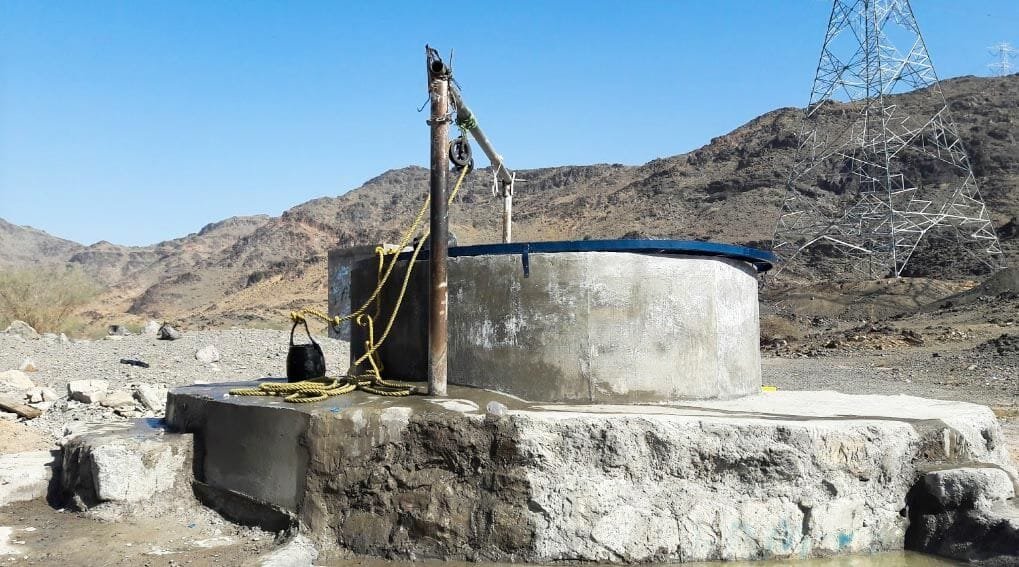
34. Castle of Urwah bin Zubair
- A historic castle marking the residence or heritage of Urwah bin Zubair, located in Medina.
- It stands as a reminder of early Islamic architecture and personal legacies.
- Urwah bin Zubair Location
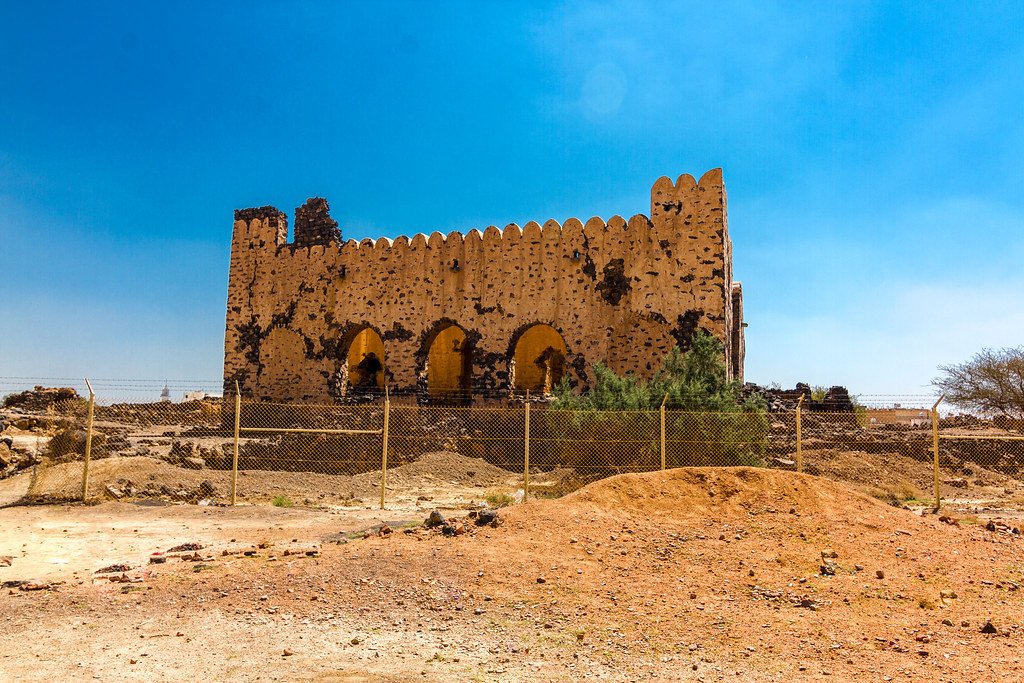
35. Khyber Fort / Badr Battleground
- While not strictly within Medina city, these nearby sites—Khyber Fort and the Badr battleground—are central to the Prophet’s early military campaigns.
- They represent pivotal moments in Islamic history: resilience at Khyber and decisive victory at Badr.
- Khyber Fort Location

Final Thoughts
Each ziyarah site in Madinah offers a distinct facet of Islamic faith and history—together forming a tapestry of remembrance, spiritual restoration, and connection to the Prophet’s life. Whether you are seeking solace, knowledge, or a deeper bond with your faith, this journey is more than heritage—it’s a path to renewal.
FAQs
1. What does “Ziyarat” mean in Islam?
Ziyarat refers to visiting sacred and historical sites connected to the Prophet Muhammad, his companions, and key events in Islamic history for reflection and spiritual benefit.
2. How many Ziyarat sites are mentioned in this guide?
This guide covers 35 historical and religiously significant locations in and around Madinah.
3. Which is the most important Ziyarat site in Places in Madinah?
Masjid al-Nabawi (The Prophet’s Mosque) is considered the most important, as it houses the Prophet’s resting place and the Rawdah.
4. Are all 35 sites within Madinah city limits?
Most are within the city, but a few, such as the Badr Battleground and Khyber Fort, are located just outside Places in Madinah.
5. Can all these sites be visited in one day?
It’s possible to see some in a single day, but visiting all 35 meaningfully usually takes two to three days, depending on travel time and prayer schedules.
